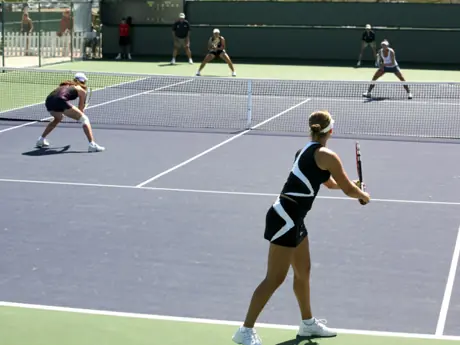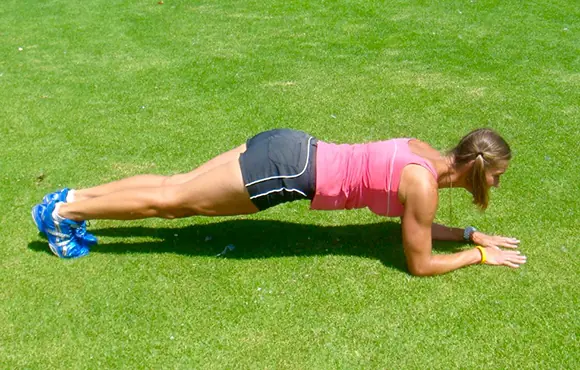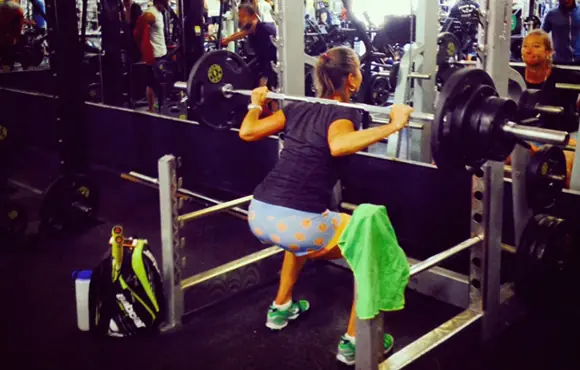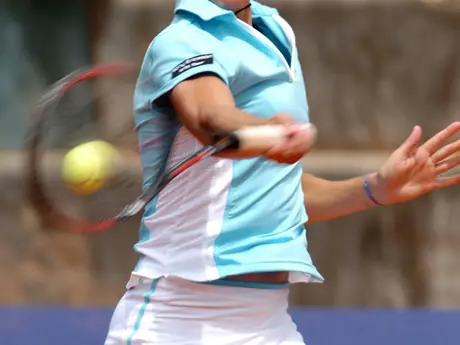
Sciatica pain can be close to paralyzing -- a numb, tingling, or burning sensation that runs down the back of your leg, calf and the soles of your feet.
The pain comes and goes unpredictably and any physical movement is extremely painful. Playing tennis under these conditions can become almost impossible.
The good news is that in reality, you could have a tight and overused piriformis muscle, which is very common among tennis players. Luckily, it's easy to correct.
More: 5 Steps to an Injury-Free Game
Piriformis is the largest of the six hip muscles responsible for external rotation of the leg. If your leg is planted, the piriformis turns the body in the opposite direction, a movement that tennis players do repeatedly thousands of times.
An overused and tight piriformis muscle causes a lot of misery and pain in your sacrum, glutes, and hips. It will twist your sacrum a little bit, causing a short-leg syndrome that adds to the problem. It can also compress the sciatic nerve and as a result, causing you to experience "sciatica" pain.
Quick directional changes in tennis impose a high risk on your piriformis' well-being, especially if you are not well conditioned. Therefore, it is important to work on strengthening of your glutes and hips with squats, lunges, bridges, and deadlifts, accompanied by static stretching.
Prolonged inactivity or sitting puts the piriformis muscle in trouble. If you sit at work or school most of your day and then start sprinting around the tennis courts, you may be creating future problems. An overused, shortened, and sometimes even inflamed piriformis muscle contains painful trigger points that further inhibit proper function of the muscle.
- 1
- of
- 2








Discuss This Article